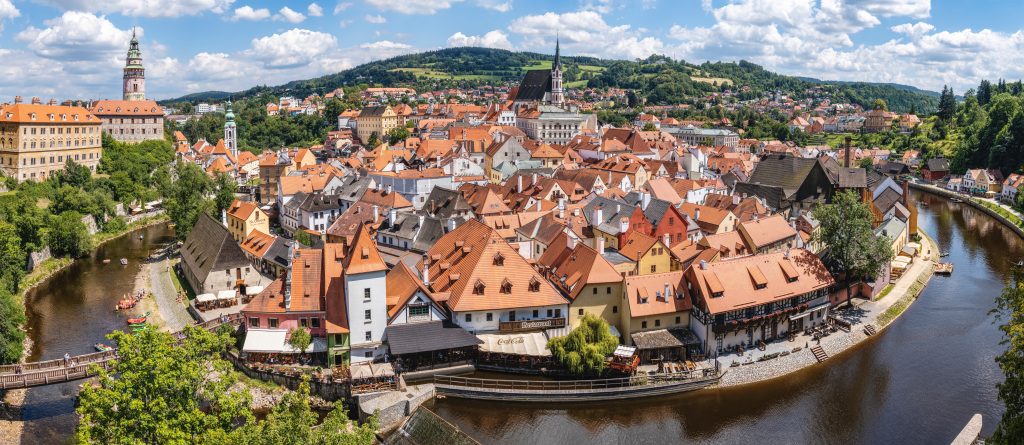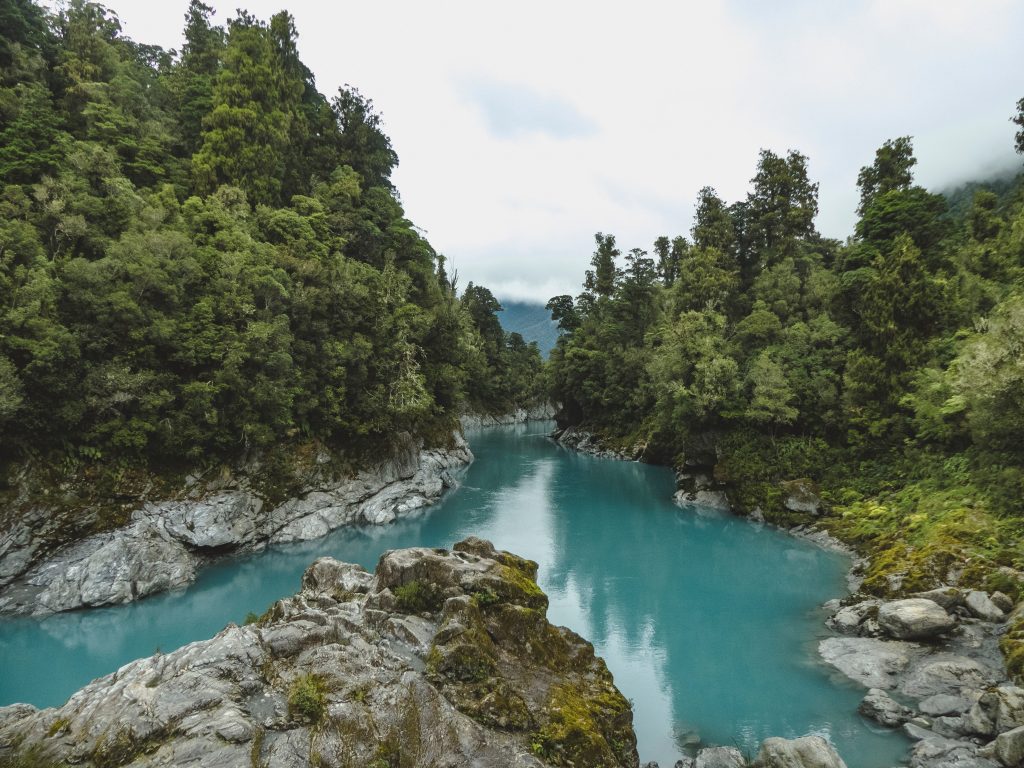Oceania is home to three unique subregions—Polynesia, Micronesia, and Melanesia—each with its own rich culture, history, and breathtaking landscapes. From their distinct traditions and languages to their deep-rooted seafaring heritage, these regions offer an incredible variety of experiences. Let’s dive into their geography, communities, beliefs, and much more to truly appreciate what makes them so special.
The Rich Cultural and Historical Heritage of Polynesia, Micronesia, and Melanesia
When we think of Oceania, it’s impossible to ignore the beauty and diversity of Polynesia, Micronesia, and Melanesia. Each of these regions has a story to tell, shaped by centuries of traditions, resilience, and exploration. From ancient civilizations and vibrant island communities to a deep connection with the ocean, their heritage is as fascinating as the landscapes they inhabit.
These islands are more than just stunning tropical paradises. They are living, breathing testaments to human creativity, adaptability, and spirit. Polynesians, Micronesians, and Melanesians have thrived for generations, navigating vast oceans, preserving their languages, and passing down traditions that continue to define their identities today.
In this journey, we’ll explore what makes these subregions so captivating—their cultural roots, natural wonders, and time-honored customs that remain as strong as ever. Get ready to be inspired by their beauty and the deep stories woven into their people and places.
Location and Size: A Vast and Varied World
Polynesia, Micronesia, and Melanesia may all be part of the Pacific, but each one has its own unique character. Spanning thousands of miles, these regions are home to countless islands, each with distinct landscapes, traditions, and histories.
Polynesia, covering the central and southern Pacific, is famous for its expansive archipelagos, including Hawaii, Samoa, and Easter Island. Micronesia, a collection of tiny islands in the northern Pacific, is known for its secluded atolls and strong maritime traditions. Melanesia, in the southwest Pacific, boasts lush rainforests, volcanic islands, and some of the world’s most diverse cultures.
From sun-soaked beaches to dense jungles, the sheer variety of these regions is nothing short of extraordinary. They are places where nature and culture blend seamlessly, offering a glimpse into a world unlike any other.
Geography and Key Islands: Stunning Natural Landscapes

Imagine rolling green hills, crystal-clear waters, and islands that feel like they belong in a dream. The geography of Polynesia, Micronesia, and Melanesia is breathtaking, with landscapes ranging from serene lagoons to rugged mountain peaks.
Some islands are world-famous, like Easter Island with its iconic Moai statues or Bora Bora, a luxury paradise. Others remain hidden gems, untouched by time, where local traditions remain strong. Micronesia’s tiny atolls, for example, are like specks in the ocean, while Melanesia’s islands, such as the Solomon Islands and Papua New Guinea, are home to some of the most biodiverse ecosystems on Earth.
Each island has a story, shaped by its geography and the people who have called it home for generations. Exploring these regions is like stepping into a living postcard, where every corner holds a new wonder.
People and Cultures: A Tapestry of Traditions
What truly makes these regions special is the people who live there. The Polynesians are known for their warm hospitality, rich storytelling, and deep respect for the ocean. Micronesian communities, despite being spread across remote islands, share a strong cultural connection and incredible seafaring knowledge. Melanesia, one of the most culturally diverse places on Earth, is home to hundreds of ethnic groups, each with its own language and customs.
From the Māori of New Zealand to the islanders of Fiji and Vanuatu, these cultures are vibrant, resilient, and deeply connected to nature. Whether through music, dance, art, or spiritual traditions, their way of life is a celebration of identity and heritage.
Visiting these places or learning about them is an invitation to see the world through a different lens—one where nature, community, and tradition come together in beautiful harmony.
Languages: The Voices of Oceania
One of the most fascinating aspects of Polynesia, Micronesia, and Melanesia is the incredible diversity of languages spoken across the islands. There are hundreds of languages, many of which have been passed down for centuries.
Polynesian languages, like Hawaiian, Māori, and Samoan, have a rhythmic and melodic quality. Micronesia is home to languages spoken only on tiny islands, often by just a few thousand people. Melanesia, incredibly, has more than 1,000 different languages—one of the highest concentrations of linguistic diversity in the world!
Each language carries the stories, beliefs, and traditions of the people who speak it. Even in places where global languages like English and French are now common, many islanders are working hard to keep their native tongues alive.
Spirituality and Belief Systems: A Deep Connection to Nature
Spirituality is woven into daily life in these regions. Traditional belief systems, often centered around nature, coexist with introduced religions like Christianity.
In Polynesia, gods and spirits are often tied to the sea, the land, and the sky. Micronesian cultures have their own unique spiritual traditions, influenced by their island environment. In Melanesia, animism and ancestor worship remain strong, with rituals and ceremonies passed down through generations.
Despite outside influences, many island communities maintain their spiritual traditions, blending the old with the new in a way that reflects their deep connection to their heritage.
Conclusion
Polynesia, Micronesia, and Melanesia are more than just regions on a map—they are vibrant, living cultures with stories that stretch back centuries. Their breathtaking landscapes, rich traditions, and resilient communities offer a glimpse into a world where history, nature, and culture are deeply intertwined.
Each island, each language, and each tradition tells a story of survival, adaptation, and connection. Exploring these regions isn’t just about admiring their beauty—it’s about understanding the people who make them so special.
From the warm smiles of Polynesian islanders to the intricate rituals of Melanesian tribes and the navigational genius of Micronesians, Oceania is a place of wonder, diversity, and deep cultural heritage. Whether through travel, learning, or simply appreciating their stories, connecting with these extraordinary subregions is a journey worth taking.




